Nexus 6P vs Nexus 6: What’s changed?
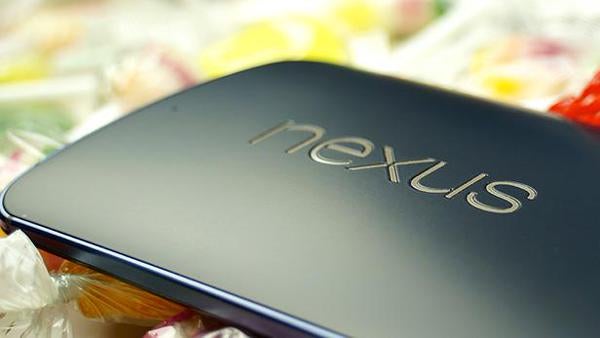
How will the Nexus 6P compare to the Nexus 6? We break down of all
the specs and features to see where Google’s next phablet makes the
biggest changes.
In addition to the Nexus 5X, Google has just announced the Nexus 6P at its latest event.
The Nexus 6P is the bigger, better specced of the two new phones. But how will it compare to its immediate predecessor?
While
the Nexus 5X will be weighed down with the expectation that comes from a
two-year wait since its much beloved predecessor, the Nexus 6P has the
technical challenge of improving upon the more recent and capable Nexus
6.
Here’s how the Nexus 6P and the Nexus 6 stack up.
Video: Hands-on with the Nexus 6P
Related: Nexus 5X vs Nexus 5 – What’s changed?
Same name, different manufacturer
While
both of these phones get the Nexus 6 label, they’re made by entirely
different companies. The original Nexus 6 was made by American
manufacturer Motorola, but the Nexus 6X is built by Chinese manufacturer
Huawei.
Motorola was one of the first superstar mobile phone
manufacturers, and in recent years it has experienced success with its
popular Moto G series of classy-but-affordable Android smartphones.
Related: Nexus 5X vs Nexus 5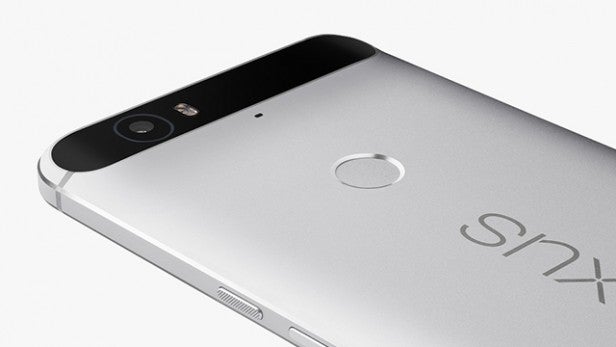
It
was also, all-too-briefly, Google’s own smartphone hardware arm after a
2012 acquisition. Motorola was sold to Lenovo in 2014.
Huawei,
meanwhile, is one of China’s biggest smartphone manufacturers, as well
as the world’s biggest telecommunications equipment manufacturer.
It’s
been responsible for the likes of the Huawei Honor 6 Plus and the
Huawei Ascend G7 – solid Android phones made to a competitive price.
Smaller and lighter
While
the new Nexus 5X is actually bigger than the old Nexus 5, the new Nexus
6P is smaller than the outgoing Nexus 6. This is no bad thing thing, as
the Nexus 6 was and remains uncomfortably huge – even in a time of
uncomfortably big phones.
There won’t be a great deal in it,
though. The Nexus 6P is about as long as the Nexus 6, around 5mm
narrower, and around 3mm thinner. It’ll also weigh 6g less.
Width is the key measure here, though, and is the aspect that made the old Nexus 6 so awkward.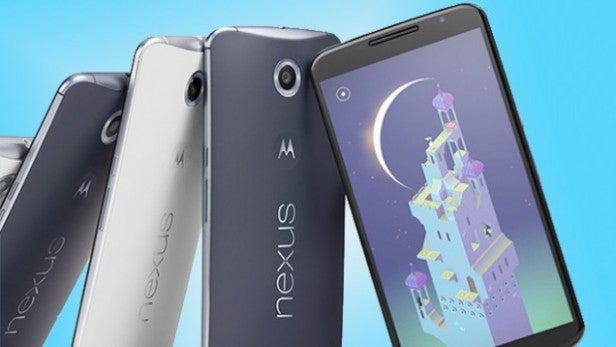
In
fact, giving the new phone the Nexus 6P name requires a little rounding
up. Its display is actually smaller than the Nexus 6’s 6-inch unit at
5.7-inches.
It still has the same QHD resolution, though, so the
picture will actually be slightly sharper than before.
The Nexus 6P display
retains the Nexus 6’s AMOLED technology too, so blacks will be truly
black and colours will be more vibrant than equivalent LCD technology.
Overall, then, the Nexus 6P is smaller than its predecessor in every way – but it’s by no means small.
One thing is bigger – the battery
While
the Nexus 6P is smaller than the Nexus 6 externally, one of
its components is notably bigger – the battery.
The Nexus 6 has a fairly
meaty power pack to complement its very meaty everything else. At
3,220mAh, it’s one of the bigger batteries to be found in a smartphone.
To place that in context, the Samsung Galaxy Note 5 has a 3,000mAh battery, while the iPhone 6S Plus power pack weighs in with a relatively measly 2,750mAh.
All of those shrivel in comparison to the Nexus 6P and its 3,450mAh battery.
Given
that the rest of the phone’s components should draw less power than the
Nexus 6, and with Android 6.0 due to introduce a range of new
power-conserving features, the Nexus 6P could have some of the most
impressive battery life figures of any smartphone.
Finally the Nexus 6P comes with fast-charging helping it to go from 0 to 100% a lot faster than before.
Nexus goes metal
The
Nexus 6P’s reduction in size and weight is all the more impressive when
you consider that its body is entirely metal. While the Nexus 6 was
build on a metal frame, but with a rear cover that was made from other
materials, the Nexus 6P is hewn from a single piece of aluminium.
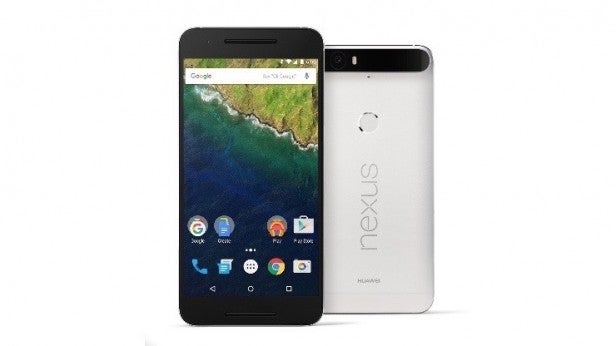
Not
only is this a departure for the young Nexus 6 range, it’s a departure
for the Nexus range in general. No Nexus device has gone this heavy with
the hard stuff before.
Following on from the Samsung Galaxy Note 5 and the iPhone 6S Plus, Google is clearly looking to produce its own all-metal premium phablet.
Bigger performance bump than it looks
On the face of its, the Nexus 6P will represent a small generational shift in performance terms.
While
the Nexus 6 was powered by a Snapdragon 805 – one of the top chips of
late 2014 – the Nexus 6P is powered by the Snapdragon 810. To top of
this sense of similarity, both are backed by 3GB or RAM.
However,
the difference in performance will be more pronounced than it seems.
The Snapdragon 810 CPU is different from the Snapdragon 805 in a number
of ways.
Related: Best Android smartphones of 2015
The
newer chip is 64-bit chip, while the older one is 32-bit. The 810 also
utilises ARM’s big.LITTLE architecture, so it actually switches between
two quad-core configurations according to the task at hand. This makes
it much more power-efficient.
Also, the Snapdragon 810 is built
using the 20nm process, which is significantly smaller than the 805’s
28nm equivalent – again, improving the chip’s power efficiency.
Finally,
while the 3GB of RAM might be the same on the surface, the Nexus 6P’s
Snapdragon 810 actually uses the newer LPDDR4 standard of memory, which
is faster than the Nexus 6’s LPDDR3.
Ultimately, then, the performance difference should be noticeable, if not startling.
A better camera. We hope
Nexus
devices seem to have always suffered with poor camera performance. And
while the 13MP sensor on the Nexus 6 from last year was certainly better
than the Nexus 5, it still paled in comparison to other Android
devices.
Huawei and Google have kitted the Nexus 6P out with a
12.3MP sensor, with an f/2.0 aperture. The Google Camera has been
spruced up and should be much faster, something it struggled with
before. On the front there’s an 8MP camera for all those selfies.
There
is one part of the Nexus 6P that has us a little concerned though, and
that’s the lack of optical image stabilisation. OIS is a vital features
of smartphones these days, ensuring your low-light snaps aren’t
overtaken by swathes of blurriness. Last year’s Nexus 6 had it, so we’re
not sure why it was left off this time around.
Video recording is up from 1080p to 4K, and there’s finally support for slo-mo capture.
Fingerprint sensor
So
far we’ve talked about how the Nexus 6P is doing things better than the
Nexus 6, but we haven’t talked about what it will do MORE.
The
first, and perhaps most notable distinctive feature of the Nexus 6P will
be its fingerprint sensor, called Nexus Imprint. Like the iPhone 6S
Plus’s Touch ID sensor, this provision will enable quick, secure access
to your phone and apps, as well as speedy mobile payment authentication
through Android Pay – whenever that turns up.
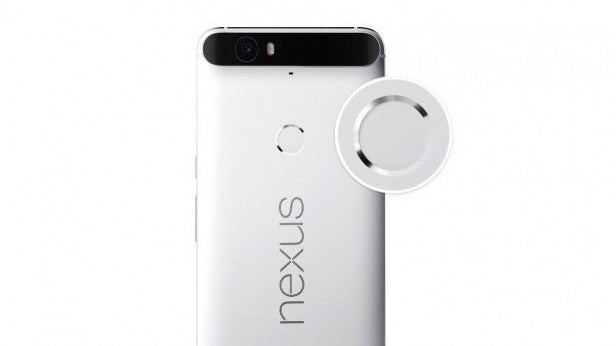
However,
unlike the iPhone, the Nexus 6P (like the Nexus 5X) mounts its
fingerprint sensor on the back of the device, just below the camera.
This means it’ll be accessed more commonly with your forefinger rather
than with your thumb.
USB Type-C
While the Nexus 6 features
the microUSB connection standard – just like every other Android phone
of its time – the Nexus 6P will join the Nexus 5X and the OnePlus 2 in adopting USB Type-C.
The
new standard has a number of benefits, including its compact,
reversible nature (like the iPhone’s Lightning connector) and faster
data transfer speeds.
Related: USB-C: Everything you need to know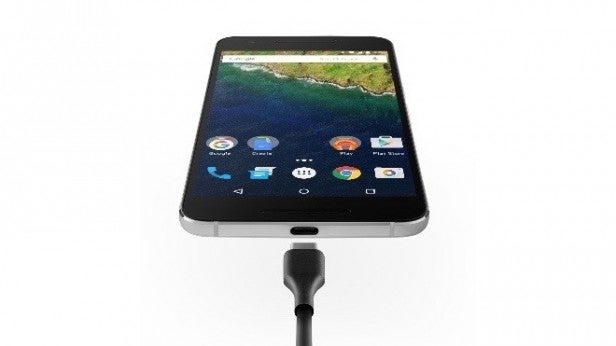
Of
course, that last point isn’t so important in these days of wireless
and cloud syncing. The fact remains, though, that USB Type-C is the
future of physical connectivity for mobile and laptop devices.
Even
Apple, the master of proprietary connection standards, has adopted it
as the sole physical port on its latest MacBook. The Nexus 6P will join
its little brother in pushing the standard on Android.
Early verdict
Let’s
not pretend here – the Nexus 6 was a highly divisive phone. For each
person who loved its vast, pin-sharp QHD display, solid construction,
and speedy performance, there seemed to be another who decried it as
being too big and cumbersome.
The Nexus 6P doesn’t entirely
address those concerns – this is still a big phone – but it will make
less of an impression on your pocket stitching. This despite the fact
that it’s going to have an all-metal design.
It’s also going to be more powerful, which should appeal to the Android power user crowd.
With
the addition of a fingerprint sensor, USB Type-C support, and a larger
battery, it seems as if first-time Nexus manufacturer Huawei has
improved on arguably the most controversial Nexus phone yet.


